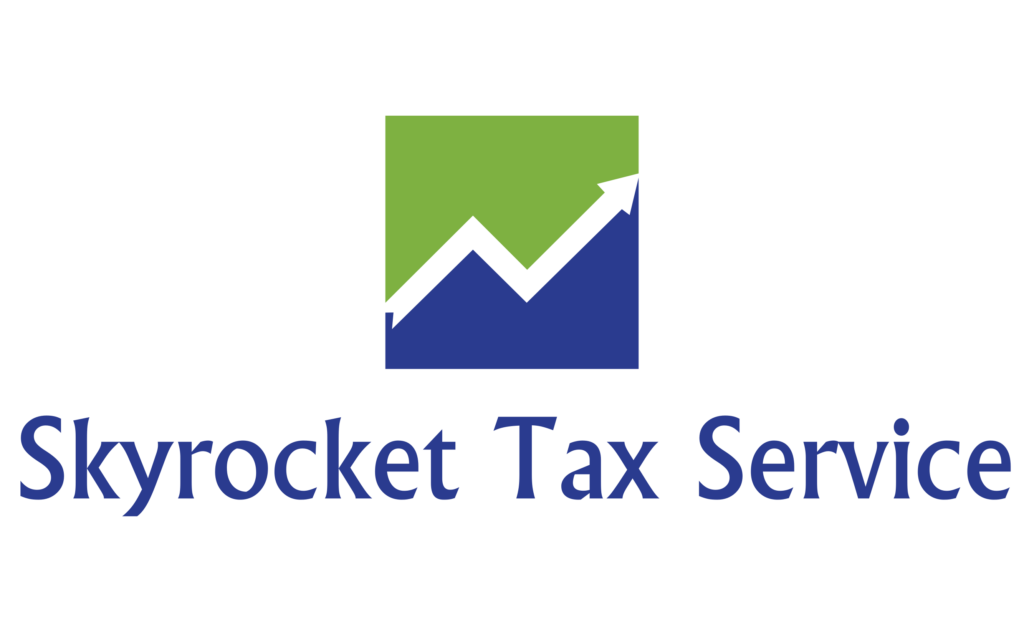Owning a home is one of the biggest financial investments you’ll ever make. According to the U.S. Census Bureau, homeownership rates in the U.S. have consistently hovered around 65%, highlighting its importance as a financial milestone. Protecting it with the right homeowners insurance ensures that you are prepared for unexpected events such as natural disasters, theft, or liability claims.
Why Homeowners Insurance is Essential
Homeowners insurance provides financial protection against:
- Property damage: Covers repairs or rebuilding costs due to disasters like fire, storms, or vandalism.
- Personal liability: Protects you if someone is injured on your property.
- Loss of use: Pays for temporary living expenses if your home becomes uninhabitable.
- Personal property: Covers the cost of replacing stolen or damaged belongings.
Types of Homeowners Insurance Coverage
Understanding the different types of coverage helps you choose the best policy:
Dwelling Coverage
Protects the structure of your home, including walls, roof, and built-in appliances, from covered perils.
Personal Property Coverage
Covers your belongings, such as furniture, electronics, and clothing, against theft or damage.
Liability Protection
Offers coverage if you are held responsible for injury or property damage to others.
Additional Living Expenses (ALE)
Pays for extra costs if you need to live elsewhere while your home is being repaired.
Medical Payments Coverage
Covers medical bills if a guest is injured on your property, regardless of fault.
Factors to Consider When Choosing Coverage
When selecting a homeowners insurance policy, consider:
- Location: Risk factors such as floods or wildfires can impact coverage needs.
- Home Value: Ensure coverage matches the replacement cost of your home.
- Deductibles: Higher deductibles can lower premiums but may increase out-of-pocket costs.
- Policy Limits: Check limits on valuable items like jewelry or electronics.
How to Lower Your Homeowners Insurance Premiums
- Bundle Policies: Combining home and auto insurance with the same provider can often result in a discount.
- Improve Security: Installing a monitored security system or smart locks can help lower your premium.
- Maintain Good Credit: Keeping a healthy credit score can lead to better insurance rates.
- Increase Your Deductible: Raising your deductible means you’ll pay more out-of-pocket if you file a claim but will lower your monthly payments.
- Bundle Policies: Combine home and auto insurance to save. Learn more.
- Improve Security: Installing alarms and security systems can lead to discounts.
- Maintain Good Credit: A strong credit score can reduce insurance costs.
- Increase Your Deductible: Opting for a higher deductible lowers your premium.
Common Homeowners Insurance Myths
Many homeowners are misinformed about what their insurance covers, leading to gaps in protection. These myths persist due to misunderstandings, outdated information, and assumptions about policy coverage. Knowing the facts can help you make better decisions and avoid costly surprises.
- “Flood damage is covered.” Flood coverage requires a separate policy.
- “Market value equals replacement cost.” Coverage should reflect rebuilding costs, not market value.
- “All personal belongings are covered.” High-value items may need additional coverage.
When to Review Your Policy
Life changes can affect your insurance needs. Review your policy annually or when:
- You renovate your home.
- You purchase valuable assets.
- You experience changes in occupancy.
- You consult with an insurance agent to ensure your coverage meets your evolving needs.
For more guidance, contact us today to ensure your policy meets your needs.
Conclusion
Choosing the right homeowners insurance helps protect your financial investment and gives you peace of mind. Regularly reviewing your policy ensures that it aligns with your evolving needs and safeguards against potential risks. Evaluate your coverage needs, explore available options, and stay prepared for the unexpected.

